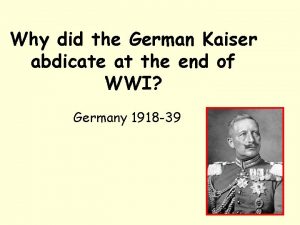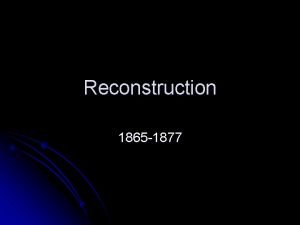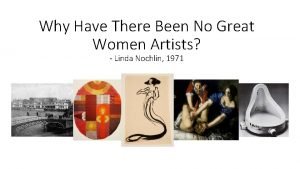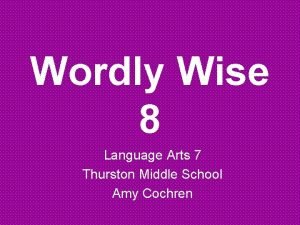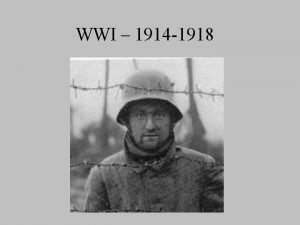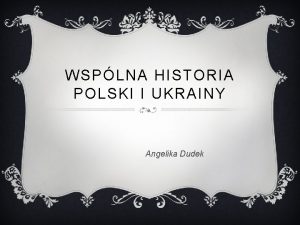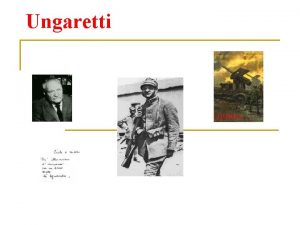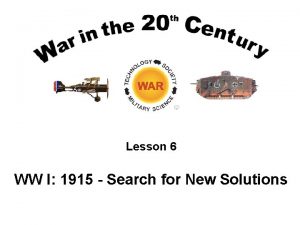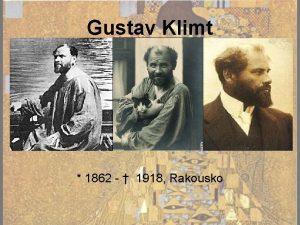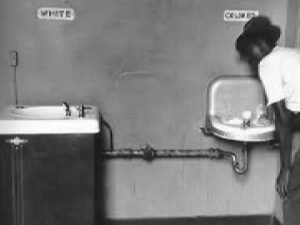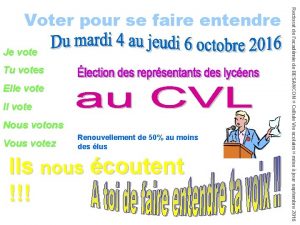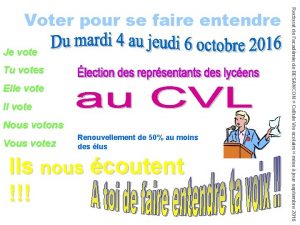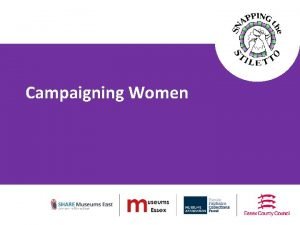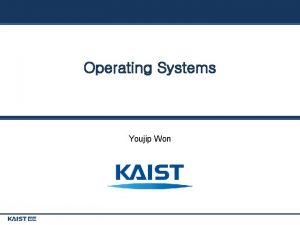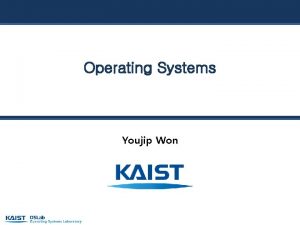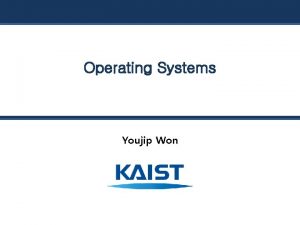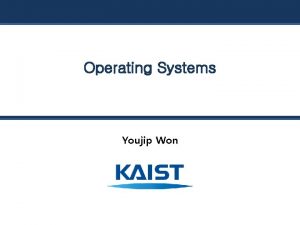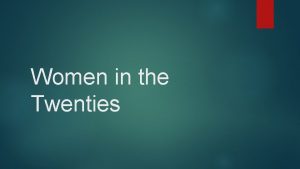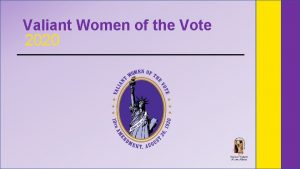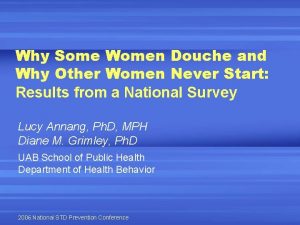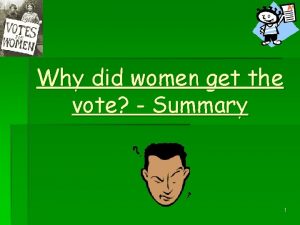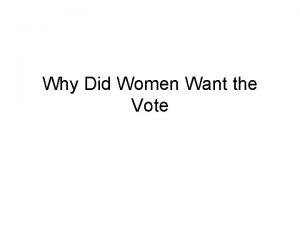WALT Why women won the vote in 1918














- Slides: 14

WALT: Why women won the vote in 1918. 'There's the girl who clips your ticket for the train, And the girl who speeds the lift from floor to floor, There's the girl who does a milk-round in the rain, And the girl who calls for orders at your door. Strong, sensible, and fit, They're out to show their grit, And tackle jobs with energy and knack. No longer caged and penned up, They're going to keep their end up 'Til the khaki soldier boys come marching back. There's the motor girl who drives a heavy van, There's the butcher girl who brings your joint of meat, There's the girl who calls 'All fares please!' like a man, And the girl who whistles taxi's up the street. Beneath each uniform Beats a heart that's soft and warm, Though of canny mother-wit they show no lack; But a solemn statement this is, They've no time for love and kisses Till the khaki soldier boys come marching back.

WALT: Why women won the vote in 1918? WILFS: L 5: Explain what jobs they did during World War One. L 6: Compare the multiple reasons for women getting the vote. L 7 c: Evaluate the contribution of World War One as a cause. L 7 a: Evaluate the significance of World War One against other causes!

Reading Task • You have 12 Minutes to complete 10 questions. You must read the Text. • Get up and get the next question from the front when you have completed the first questions. • First 3 individuals win a pink slip • Best answers win a pink slip. • First complete table wins a pink slip. • Another task awaits when you finish…

Think, Pair, Share • Why was World War One significant in convincing the government to allow women to vote in 1918? . . . it was a case of the suffragists being around at the right time. Do we agree? THINK! • How did this prove to the government that women were worthy of the vote? • Would this have happened had the suffragettes not campaigned for it?

Question “How significant was World War One in convincing the government to allow women to vote in 1918? ” What other causes were there. Make a list of their activities. Introduction – Tell me how important WW 1 was, but were there other factors THINK! Suffragettes and the last 50 years of campaigning. This was gradual.

Framework • Para 1 – Tell me about WW 1 and why it was important, tell me about the other four factors. • Para 2 – Tell me about other causes in more detail – see the last few lessons. • Para 3 – Come to a judgement for a Level 7 – Which was the MOST important reason and tell me why? • Para 4 – Conclusion! Sum up what you have said…

Peer Assess. • Swap Books with the person next to you. • Give them a level based on the assessment criteria on this slide. Write them a WWW and EBI similar to mine based on their efforts. • WWW: You have compared three causes for Women winning the vote in 1918. You have mentioned X, Y, Z as causes. Well done. • EBI: To reach a 7 c you needed to evaluate the causes and answer the following, which was the most important and why?

Peer Assess • L 5: Explain what jobs they did during World War One. • L 6 C: Compared WW 1 against ONE other cause (ie Suffragists campaigns early on) • L 6 B: Compared WW 1 against TWO other causes (ie Suffrage militancy after 1910) • L 6 A: Compared WW 1 against THREE other causes (ie Political reasons) • L 7 c: Evaluated the contribution of WW 1 as a cause and compared it to others – Have answered – Was WW 1 the reason. • L 7 b: Evaluated the contribution of WW 1 against others and justified their choice with evidence. • L 7 a: Evaluate the significance of World War One against other causes!

QQT

10 Questions 1. 2. 3. 4. 5. 6. 7. 8. 9. 10. Those who refused to join the war effort were known as? What did Emmeline Pankhurst do? What did women earn the right to do in 1918? What did the NUWSS do in 1915? How do you think this may have persuaded some of the MPs? Who was prime minister in 1914? Who replaced Herbert Asquith as PM Why was this a good thing for the cause? What did The Times do? Why were women over the age of 30 given the vote?

1 TASK – Write the WALT – Why women won the vote in 1918. Starter - What jobs did women do during the War. 1. Discuss what jobs you think they are doing in your images. 2. Listen to the poem and read it on the board. What jobs were they doing. 3. Create a list in your exercise books. 4. Discuss – How did could this help to convince the government.

2 TASK – Write the WALT – Why women won the vote in 1918. Starter - What jobs did women do during the War. 1. Discuss what jobs you think they are doing in your images. 2. Listen to the poem and read it on the board. What jobs were they doing. 3. Create a list in your exercise books. 4. Discuss – How did could this help to convince the government.

3 TASK – Write the WALT – Why women won the vote in 1918. Starter - What jobs did women do during the War. 1. Discuss what jobs you think they are doing in your images. 2. Listen to the poem and read it on the board. What jobs were they doing. 3. Create a list in your exercise books. 4. Discuss – How did could this help to convince the government.

4 TASK – Write the WALT – Why women won the vote in 1918. Starter - What jobs did women do during the War. 1. Discuss what jobs you think they are doing in your images. 2. Listen to the poem and read it on the board. What jobs were they doing. 3. Create a list in your exercise books. 4. Discuss – How did could this help to convince the government.
 Pictures
Pictures When did the kaiser abdicate
When did the kaiser abdicate Why is this political cartoon called “one less vote?”
Why is this political cartoon called “one less vote?” Why did william win the battle of hastings essay
Why did william win the battle of hastings essay Dont ask
Dont ask Why have there been no great women artist
Why have there been no great women artist Why did the fleeing women have trouble breathing
Why did the fleeing women have trouble breathing Why were women naturally distrusted?
Why were women naturally distrusted? Map of europe 1914
Map of europe 1914 Rzeczpospolita trojga narodów
Rzeczpospolita trojga narodów Bosco di courton ungaretti
Bosco di courton ungaretti Varför kallas perioden 1918-1939 för mellankrigstiden?
Varför kallas perioden 1918-1939 för mellankrigstiden? Ft17
Ft17 1918-1862
1918-1862 Jim crow character
Jim crow character

